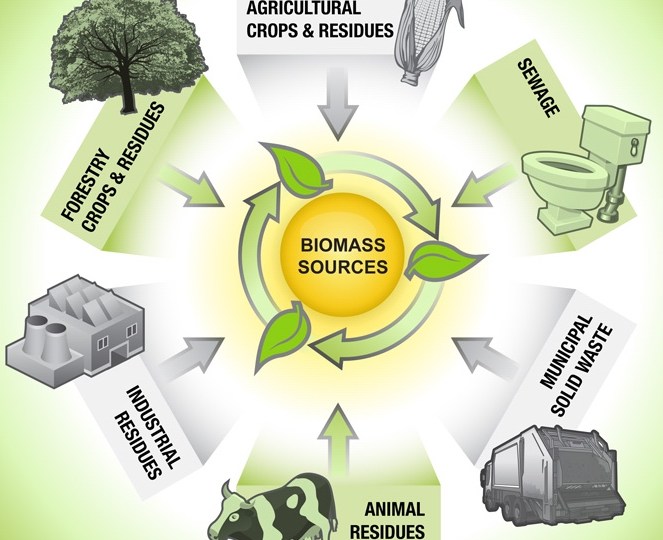Sugarcane is one of the most promising agricultural sources of biomass energy in the world. It is the most appropriate agricultural energy crop in most sugarcane producing countries due to its resistance to cyclonic winds, drought, pests and diseases, and its geographically widespread cultivation. Due to its high energy-to-volume ratio, it is considered one of […]
Biomass Resources from Sugar Industry














